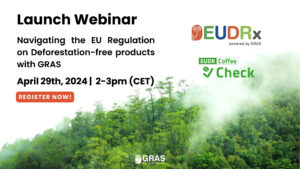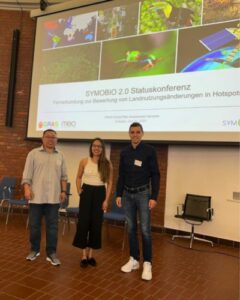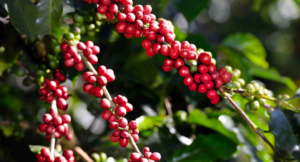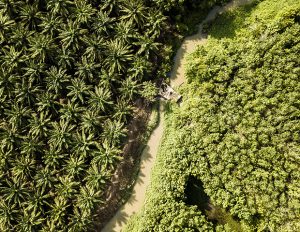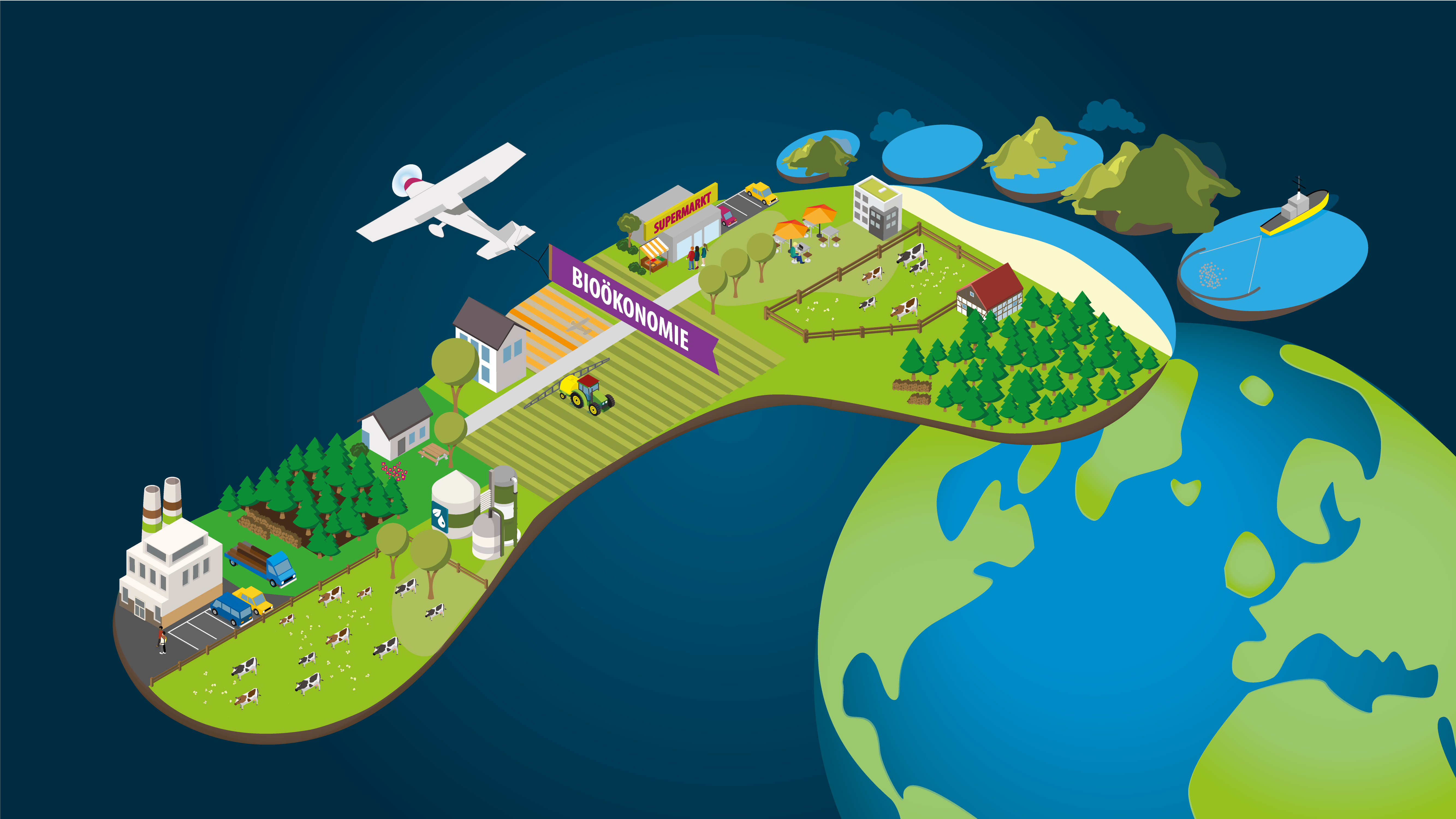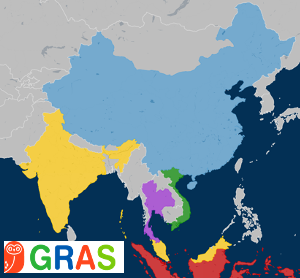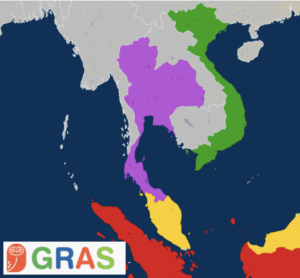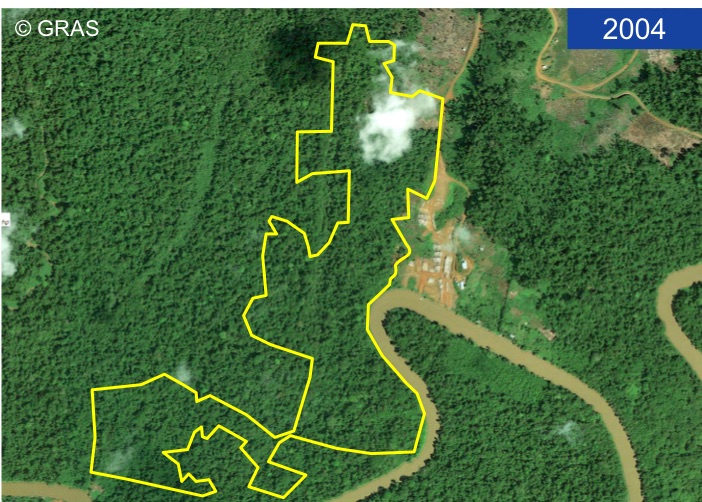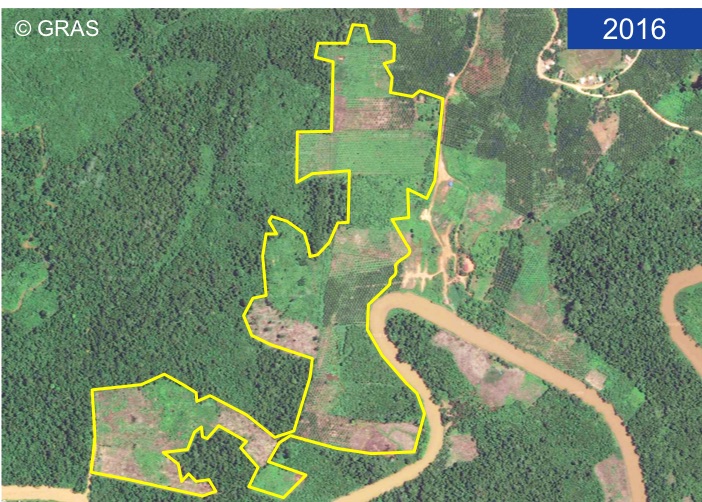Land Use Change
The number of companies with zero-deforestation commitments is constantly growing
The leading cause of deforestation is agriculture taking place mainly in Southeast Asia, Latin America and Africa. Reducing land use change is crucial to reduce the effects of climate change and to protect biodiversity. Therefore, many companies, banks, governments and other institutions have committed themselves to reduce or stop deforestation.
GRAS supports the implementation of the EU RED
GRAS helps to identify the point in time when land use change took place and helps to evaluate and monitor suppliers and investment sites. This also supports the implementation of the EU RED, which does not allow biomass to be claimed as sustainable if it originates from land that has been converted into cropland after January 2008.
GRAS offers a solution by using latest remote sensing methodologies to detect when and what kind of land use change took place. Together with our qualified partners, especially the German Aerospace Center (DLR), we processed hundreds of gigabytes of remote sensing images from 2000 until today to reliably detect Land Use Change.
GRAS uses a three-step approach to identify land use change
1) Heatmaps based on Landsat imagery show where and in which year land use change has taken place
2) Verification of land use change through greenness index time series (based on different sattelites, e.g. Landsat and MODIS). The index is called Enhanced Vegetation Index (EVI) and reflects the intensity of greenness of the observed vegetation. From one EVI image we can differentiate between bare soil and green cover. The pattern of different land covers and management systems differ over time so that significant changes in the pattern of time series indicate the point in time and the type of the land use change.
3) Visual verification by using high-resolution satellite imagery to double check the identified land use change.
For further information about the development of the GRAS LUC algorithm and EVI time series, please visit our methodology description here.
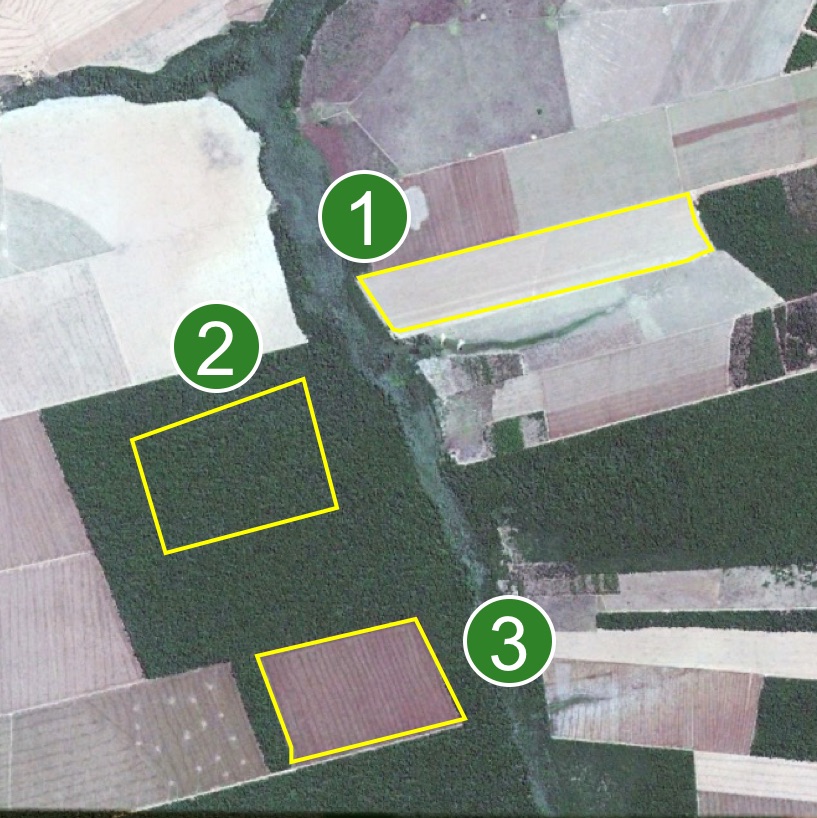
The pattern of the EVI time series indicate the land cover throughout the past years.

A change of the pattern at a certain point in time indicates the change of land use, e.g. from forest to annual crop.
